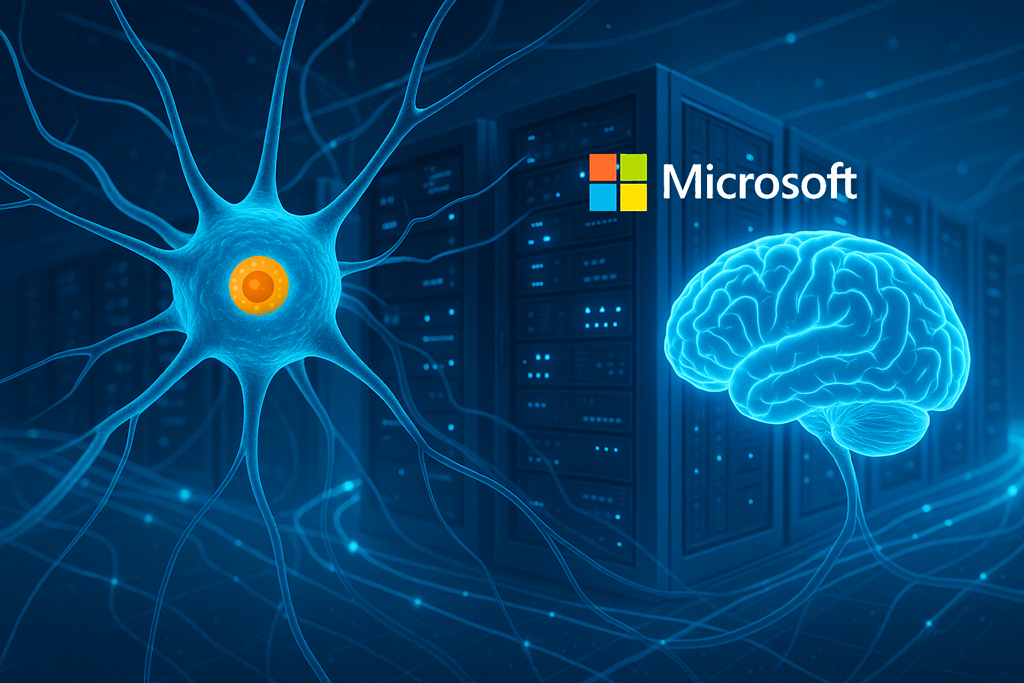Living Data Centers: The Link Between Science and Life for Endless Storage
Introduction
As our digital world grows exponentially, traditional storage media face limitations in space, energy consumption, and long-term stability. DNA, the blueprint of life, offers a fascinating alternative: an ultra-dense, durable, and energy-efficient medium for data storage. This article explores the science, advantages, challenges, and recent progress in DNA-based data storage.
Advantages of DNA Storage
- Extreme storage density: a gram of DNA can store over 215 petabytes.
- Longevity: DNA remains stable for thousands of years if kept dry and cool.
- Energy efficiency: no power needed for passive storage.
- Replication: data can be copied naturally via molecular processes.
- Compactness: minimizes physical footprint compared to HDDs or tape libraries.
Energy Efficiency
Unlike modern storage requiring constant electricity, DNA storage remains passive, reducing energy costs dramatically for archival purposes.
Longevity
Properly stored DNA can last thousands of years, surpassing the lifespan of conventional media like magnetic tape or hard disks.
Ultra-High Density
A single gram can store vast amounts of information — petabytes — far beyond traditional storage media.
Natural Replication
DNA sequences can be copied biologically, enabling efficient duplication of digital data without high-tech equipment.
“DNA storage bridges the gap between biology and digital life, offering a sustainable solution for humanity’s ever-growing data needs.”– Leading Bioinformatics Researcher
Recent Progress
- 2020: Successful archival of multiple books and videos in DNA molecules.
- 2021: Error-correction codes and efficient synthesis reduce costs.
- 2022: First commercial DNA storage service announced.
- 2023: Integration with cloud workflows for hybrid bio-digital storage.
- 2024: Ongoing research aims at real-time DNA-based data retrieval systems.
DNA Storage
Up to 215 PB per gram; stable for millennia.
Hard Disk Drives
Typical: 20 TB per unit; lifespan 5-10 years.
Magnetic Tape
Up to 20 TB per tape; lifespan 20-30 years.
DNA in Microgrids
Emerging tech for distributed ultra-long-term storage.
Frequently Asked Questions
Yes, with proper error-correction coding and storage conditions, DNA is extremely reliable for archival data.
Currently, it serves as a long-term archival solution. Real-time retrieval is still under research and development.
High initial cost, slower read/write speeds, and the need for specialized synthesis and sequencing equipment.
Conclusion
Digital Libraries
DNA can store immense historical and scientific data for millennia without frequent maintenance.
Technological Integration
Hybrid solutions combining DNA and cloud storage can optimize archival efficiency.
Data Security
Encoded DNA is inherently tamper-resistant and provides a secure form of long-term data storage.

